Flour AlternativesOne of those ingredients, flour, seems to be so simple in concept, but flour is available in a wide variety of forms, including whole wheat, gluten-free, nut-based, and even some produced from beans. 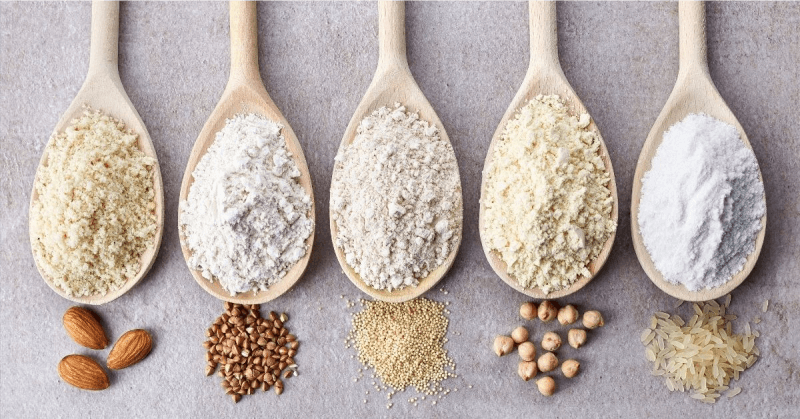
Before proceeding to the grocery store, refer to our list of the best flour alternatives if you need help deciding which flour to use. Later on, you will thank us. 1. Potato Flour: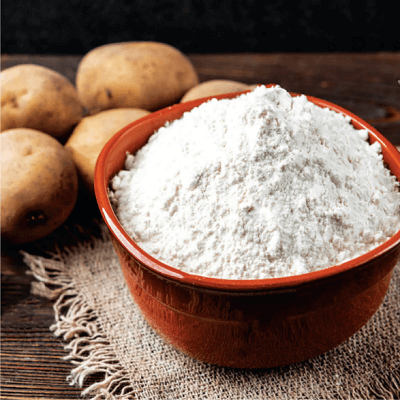
Whole potatoes are dried and crushed to create potato flour (not to be confused with potato starch). It works well as a thickening for soups and sauces because of how efficiently it absorbs moisture. It's preferable to follow the directions on the recipe when using potato flour for baking. 2. Rye Flour: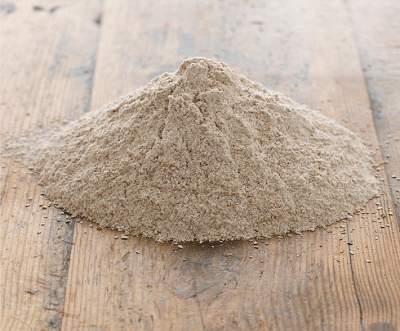
Rye flour has a little sour flavor and can vary in color from light to dark. You can identify the flavor of traditional rye sandwich bread at your nearby restaurant. Rye flour has some gluten, but it's not a lot. Therefore, must blend it with other flour to make the bread rise. The bread will get denser as more rye flour is added. 3. Quinoa Flour: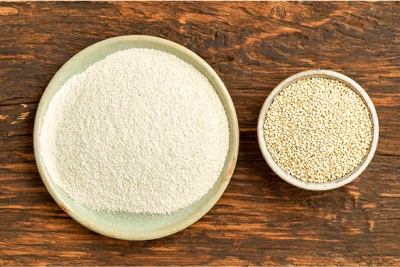
Ree like using quinoa as the base for this filling roasted vegetable salad but can also turn it into flour to give brownies and quick slices of bread a nutty taste. 4. Amaranth Flour: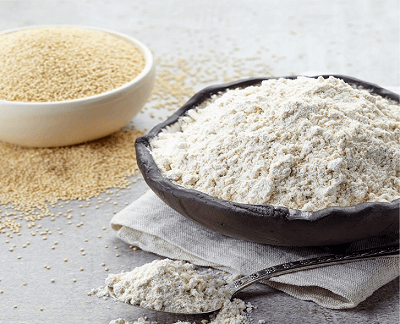
Amaranth flour is an excellent, gluten-free alternative since it has more protein than wheat. When used lightly, it may be soft; consider substituting up to 25% of the all-purpose flour in your recipe with amaranth flour, especially for scones and pancakes. 5. Chickpea Flour: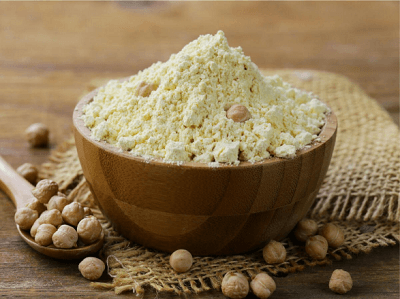
Because they are so abundant in protein and fiber, chickpeas, also known as garbanzo beans, are quite satisfying. Though you may use chickpeas in various ways, did you know you can also ground chickpeas into flour? It works well for both sweet and savory baked products. 6. Spelt Flour: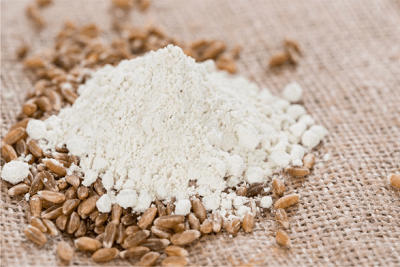
The flavor that spelt flour offers is wonderful! It's wheat flour with a comparable amount of protein as all-purpose, but it has a nutty flavor that makes chocolate chip cookies taste amazing. However, ensure your batter has enough moisture before substituting it cup for All Purpose Flour. 7. Buckwheat Flour: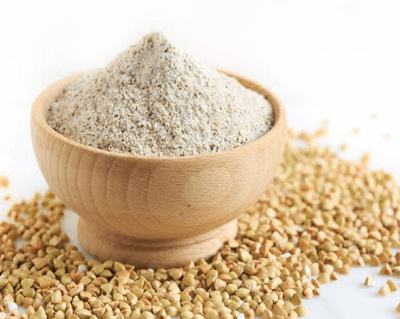
Please don't fall for their tricks; Buckwheat flour is made from gluten-free buckwheat seeds, not wheat. It has a nutty taste and is best used as an All Purpose Flour alternative when creating muffins or pancakes with chocolate chips. Buckwheat flour is used to make soba noodles. 8. Coconut Flour: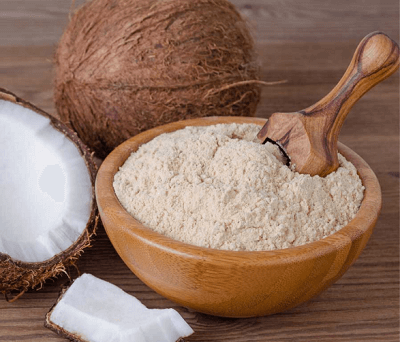
Attention keto enthusiasts, Coconut flour is an alternative made from dried coconut that is high in fiber, low in carbs, and gluten-free. It could be better for many recipes since it has a distinctly tropical flavor and absorbs a lot of moisture, which might result in dense baked items. Use it along with other flours, but remember that you might need to increase the amount of liquid or fat in the recipe. 9. Rice Flour: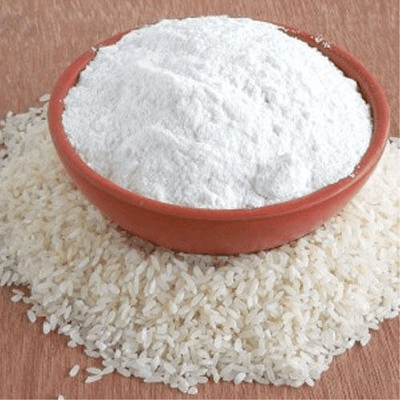
Both white rice and brown rice varieties of this flour are offered. It works well as an alternative for flour, although it might be a little gritty, so search for one that says "finely ground." When cooking tempura or fried calamari, consider using rice flour. Due to its slightly nutty flavor, brown rice flour is one of our favorites. 10. Millet Flour: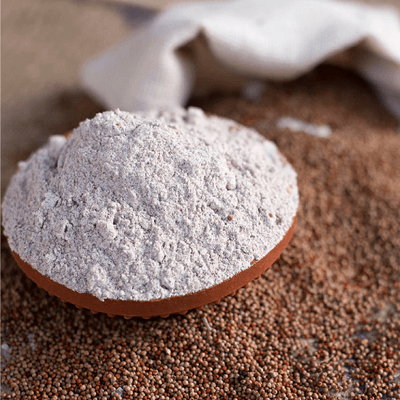
Another alternative without gluten is, This flour is made from a small, ancient grain packed with nutrients like magnesium and fiber. Unless otherwise specified, combine millet flour with all-purpose flour when baking for the best results. 11. Oat Flour: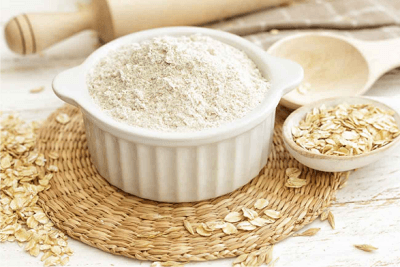
This flour is derived from pulverized oats and is gluten-free. It tastes fantastic in pancakes, waffles, and granola bars and has a nutty flavor. If you can't locate any flour at the supermarket, buy a package of rolled oats and pulse them briefly in a blender or food processor to get a powdery, flour-like consistency. It's a healthy alternative to all-purpose flour because of the fiber in the oats. 12. Almond Flour: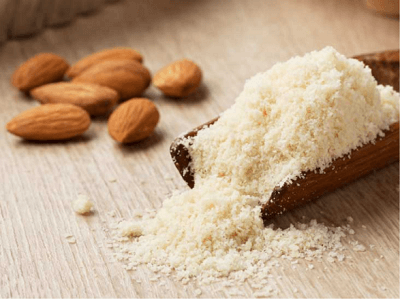
This flour manufactured from nuts, often known as almond meal, is produced by grinding raw almonds. It has high fiber content, is gluten-free, paleo-friendly, and has little carbohydrates. It's not advised to substitute almond flour for all-purpose flour since it lacks the gluten that gives cakes their structure. However, you may use almond flour if the recipe only asks for a small amount or if you're coating fried chicken. 13. Whole Wheat Flour: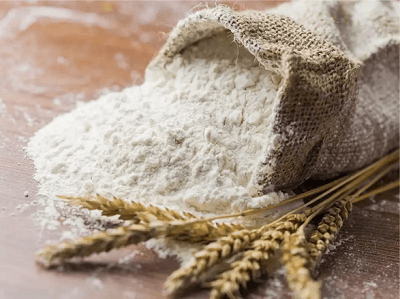
Whole wheat flour preserves the nutrition and fiber of the grain by leaving the germ and bran intact, in contrast to refined all-purpose flour. Because it is prepared with red wheat, it has a deeper color, a coarser texture, and a hearty taste. However, use caution when baking with 100% whole wheat flour as it may result in denser and dryer cakes. Try substituting half whole wheat and half all-purpose flour instead. White whole wheat flour is also available at certain supermarkets. Although it's manufactured from white wheat rather than red wheat, it tastes nutty like whole wheat. 14. Self-Rising Flour: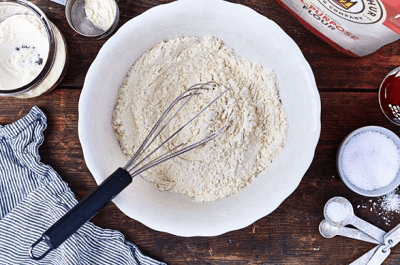
First, should always use all-purpose flour instead of self-rising flour. Self-rising flour is created by combining All-purpose flour, baking powder, and salt; therefore, if you were to substitute it for All-purpose flour, you would need to alter the quantity of the leavening agent and salt. That seems like too much effort! Self-rising flour is frequently utilized when making biscuits and quick slices of bread. If all you have is All-purpose flour and your recipe asks for self-rising flour, you may make your own by mixing 1 � teaspoons of baking powder and � teaspoon of salt for every cup of flour. 15. Bread Flour: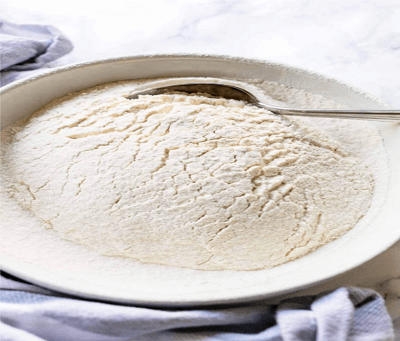
Regarding protein, bread flour is on the other end of cake flour. Since it contains more protein, more gluten is produced when the bread is kneaded. It's ideal for hearty baked dishes like bread, which you probably already guessed. May substitute Most flours 1:1 with bread flour; however, it's important to keep the mix manageable. Or try using the bread flour in Pastor Ryan's bread recipe. 16. Cake or Pastry Flour: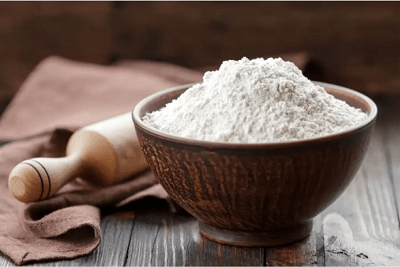
Cake and pastry flours are derived from milled wheat and are similar to all-purpose flour, although they contain less protein. Cake flour, a major component in Ree's Perfect Pancakes, makes baked foods light and soft. If you're in a pinch, you can switch out cake flour for All-purpose flour. Combine 3/4 cup all-purpose flour and three tablespoons cornstarch to create your cake flour. 17. Green banana flour: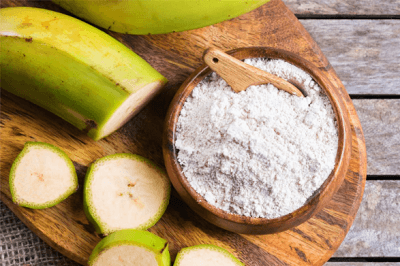
No, it won't make your bread and pastries taste like bananas before you ask. It is produced with finely crushed green banana peels and flesh, which contain less sugar than their riper counterparts. (The cooking procedure reduces the fruity flavor.) You'll also receive a good amount of potassium: 99 percent of your daily needs are provided by one cup of banana flour. Additionally, it is a good source of soluble fiber, which aids with digestion. 18. Plantain flour: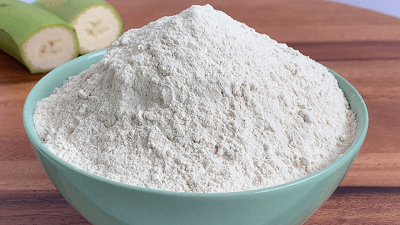
The relative of the banana gives sweets like pancakes a rich, tangy flavor. Additionally, compared to conventional flour, the flour alternative has more complex carbohydrates. Because this kind of flour doesn't fully dissolve in the body, you feel fuller for longer. You should add a half teaspoon of baking soda to this dense, grain-free recipe for the cakes to rise. The Conclusion:This article will help identify the finest alternatives to flour so that readers can successfully implement them in their daily lives.
Next TopicFuneral Alternatives
|
 For Videos Join Our Youtube Channel: Join Now
For Videos Join Our Youtube Channel: Join Now
Feedback
- Send your Feedback to [email protected]
Help Others, Please Share









